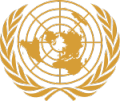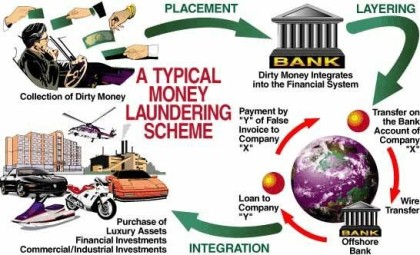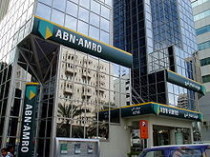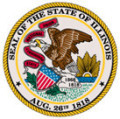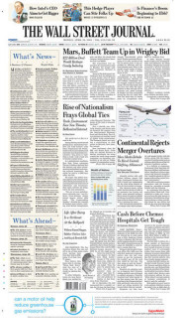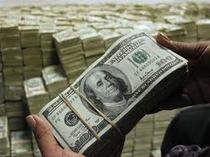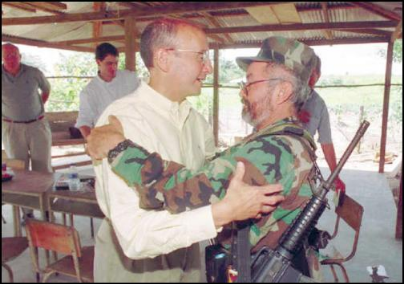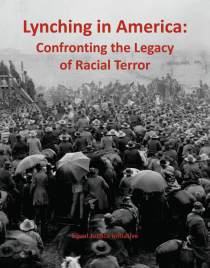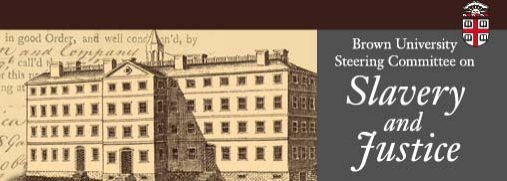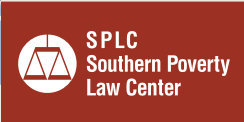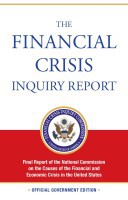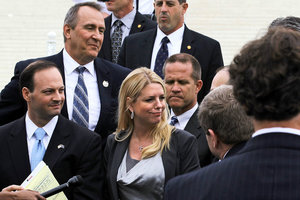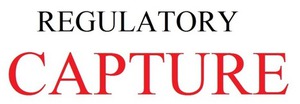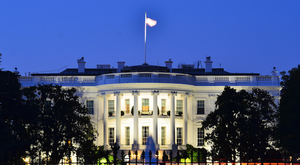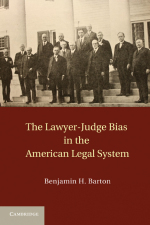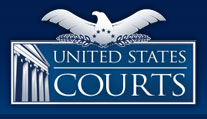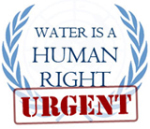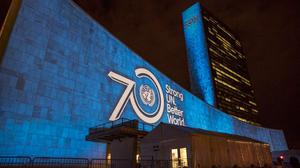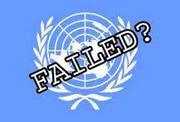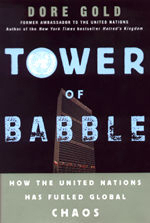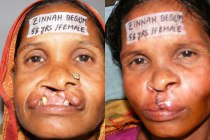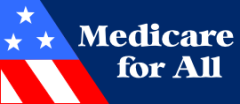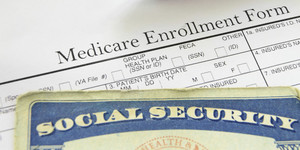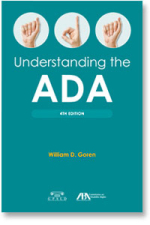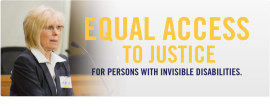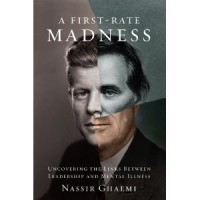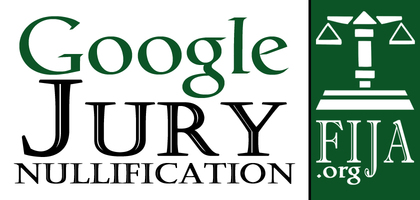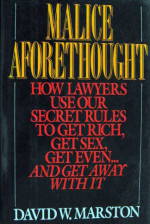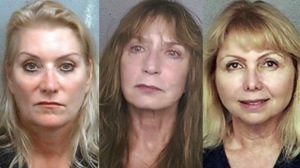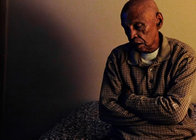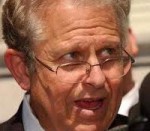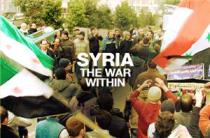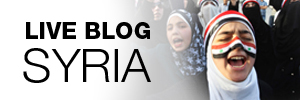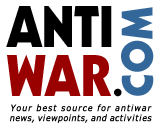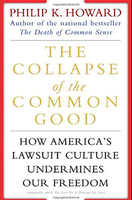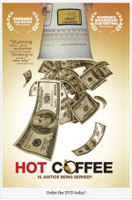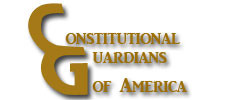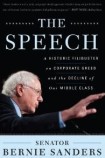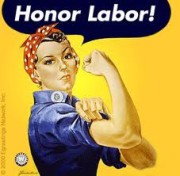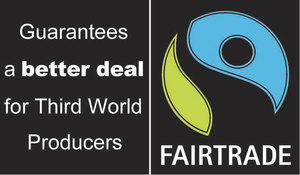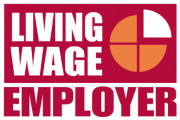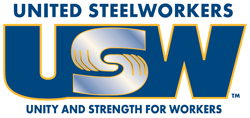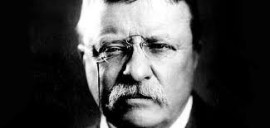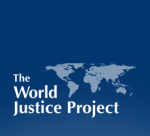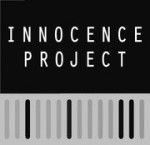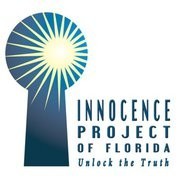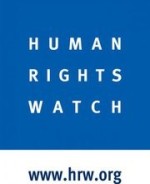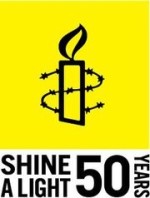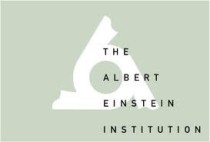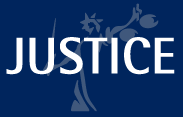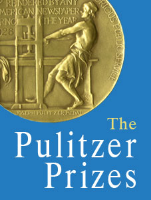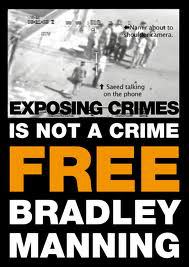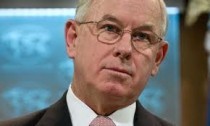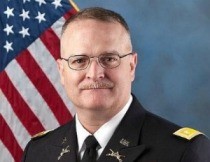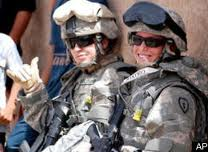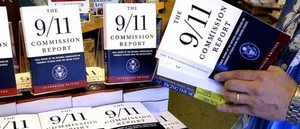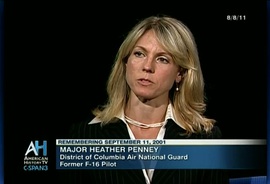Money laundering
United Nations Office on Drugs and Crime
UNODC on money-laundering and countering the financing of terrorism
The Law Enforcement, Organized Crime and Anti-Money-Laundering Unit of UNODC is responsible for carrying out the Global Programme against Money-Laundering, Proceeds of
Crime and the Financing of Terrorism, which was established in 1997 in response to the mandate given to UNODC through the United Nations Convention against Illicit Traffic in Narcotic Drugs and
Psychotropic Substances of 1988. The Unit's mandate was strengthened in 1998 by the Political Declaration and the measures for countering money-laundering adopted by the General Assembly at its
twentieth special session, which broadened the scope of the mandate to cover all serious crime, not just drug-related offences.
The broad objective of the Global Programme is to strengthen the ability of Member States to implement measures against money-laundering and the financing of terrorism and to assist them in
detecting, seizing and confiscating illicit proceeds, as required pursuant to United Nations instruments and other globally accepted standards, by providing relevant and appropriate technical
assistance upon request.
- Money laundering Wikipedia
- United Nations Office on Drugs and Crime Wikipedia
The Money-Laundering Cycle
The Money-Laundering Cycle
Money-laundering is the process that disguises illegal profits without compromising the criminals who wish to benefit from the proceeds. There are two reasons why
criminals - whether drug traffickers, corporate embezzlers or corrupt public officials - have to launder money: the money trail is evidence of their crime and the money itself is vulnerable to
seizure and has to be protected. Regardless of who uses the apparatus of money-laundering, the operational principles are essentially the same. Money-laundering is a dynamic three-stage process that
requires:
1. Placement, moving the funds from direct association with the crime;
2. Layering, disguising the trail to foil pursuit; and,
3. Integration, making the money available to the criminal, once again, with its occupational and geographic origins hidden from view.
These three stages are usually referred to as placement, layering and integration.
ABN AMRO Bank N.V
About We want to be a bank that always puts its clients first and create sustainable
long-term value for all of ABN AMRO's stakeholders – including clients, shareholders, employees and society at large.
ABN AMRO
Wikipedia
ABN AMRO Bank N.V. is a Dutch bank with headquarters in Amsterdam, the Netherlands. It was established, in its current form, in 2009 following the acquisition and break up of ABN AMRO Group by a
banking consortium consisting of Royal Bank of Scotland Group, Santander and Fortis. Following the collapse of Fortis, the acquirer of the Dutch business, it was part nationalized by the Dutch
Government along with Fortis Bank Nederland.
The bank is a product of a long history of mergers and acquisitions that date back to 1765. The original ABN AMRO was created in 1991 when Algemene Bank Nederland (ABN) and Amsterdam and Rotterdam
Bank (AMRO) merged. By 2007 ABN AMRO was the second largest bank in the Netherlands and eighth largest banks in Europe by assets. At that time the magazine The Banker and Fortune Global 500 placed
the bank at number 15th in the list of worlds biggest banks and it had operations in 63 countries, with over 110,000 employees. Read more
ABN Amro Admits Wrong, and Will Pay $500 Million
By BLOOMBERG NEWS for NYT
Published: May 10, 2010
The former ABN Amro Bank agreed to pay $500 million for violating the Bank Secrecy Act, the Justice Department said Monday. The bank has accepted responsibility for its conduct, the department said
in a news release. From 1995 through December 2005, the bank altered payment documents so they did not include references to countries under sanction by the American government, according to the
department. Even after the bank put in controls so the records would not be changed to hide activity, "a limited number" of transactions with such countries occurred in 2006 and 2007, the department
said. Read more
The DOJ press release May 10, 2010 announced "Former ABN AMRO Bank N.V. Agrees to Forfeit $500 Million in Connection with Conspiracy to Defraud the United States and with Violation of the Bank Secrecy Act", Criminal Division, Case No. 10-548
Below is the FBI's Press Release about the DOJ press release
FBI Former ABN AMRO Bank N.V. Agrees to [...]
Adobe Acrobat document [51.0 KB]
Information ABN AMRO Bank Case 1.10-cr-0[...]
Adobe Acrobat document [61.9 KB]
Deferred Prosecution Agreement, ABN AMRO[...]
Adobe Acrobat document [1.8 MB]
White Collar Crime Law Prof Blog
ABN AMRO Bank to Pay $80 Million in Civil Settlement
December 20, 2005
A massive consent order with state, federal, and international parties, has ABN AMRO Bank, N.V. taking remedial measures and also paying "$80 million in penalties to U.S.
federal and state regulators. Read more
The Federal Reserve Board
Press release
December 19, 2005
ABN AMRO Bank, to pay $80 million in penalties to U.S. federal and state regulators
Bank supervisory and penalty actions released Monday will require ABN AMRO Bank, N.V. to undertake remedial action in its worldwide banking operations and to pay $80 million in penalties to U.S. federal and state regulators. Read more
FRB_ Press Release-- ABN AMRO Bank, N.V.[...]
Adobe Acrobat document [21.7 KB]
Illinois Signs Consent Orders Against ABN AMRO
Illinois Department of Financial and Professional Regulation
News Release
December 19, 2005
Chicago – A $15 million fine paid to the State of Illinois by ABN AMRO Bank N.V., head-quartered in the Netherlands, is the largest penalty ever imposed against an
Illinois regulated bank. The fine is part of the $80 million settlement against the bank announced today to settle persistent problems with ABN AMRO’s compliance of federal and state laws and
regulations.
ABN AMRO has offices in Chicago with assets of more than $31.4 billion. It is regulated by the Illinois Department of Financial and Professional Regulation (IDFPR), under its International Bank
Supervision section, which participated in the examination and investigation of the bank’s business practices. Read
more
Illinois Signs Consent Orders Against AB[...]
Adobe Acrobat document [44.2 KB]
ABN Amro to Pay $80 Million Fine Over Iran, Libya
Wall Street Journal
December 20, 2005
Federal authorities fined Dutch bank ABN Amro Holding NV $80 million, one of the largest banking fines in U.S. history, for violating U.S. money-laundering laws and
sanctions against Iran and Libya.
The move, by the U.S. Federal Reserve and the Treasury Department financial crime- and sanctions-control units, came in response to nearly a decade of violations involving billions of dollars in
transactions that passed through the bank's offices in New York and Dubai, United Arab Emirates. Read more
October 19, 2005
Order of Assessment of a Civil Money Pen[...]
Adobe Acrobat document [669.5 KB]
December 19, 2005
Assessment of Civil Money Penalty, US v [...]
Adobe Acrobat document [1.4 MB]
December 19, 2005
Cease and Desist Upon Consent Order Dec-[...]
Adobe Acrobat document [950.8 KB]
News Release, December 19, 2005
Illinois Department of Financial and Professional Regulation
Illinois Signs Consent Orders Against ABN AMRO
Joint Press release, December 19, 2005
The Federal Reserve Board, New York State Banking Dept
ABN AMRO Bank, to pay $80 million in penalties
Catherine Austin Fitts
The fastest way to kick-start the shift away from a centralized economy is to stop financing the big banks - and through them, the activities they are financing - and to switch your bank deposits to
a well-managed, community bank or credit union. In fact, it's the single greatest point of leverage you have as a consumer.
"How the Money Works" in the Illicit Drug Trade
Catherine Austin Fitts, Mercato Libero News
Background of Catherine Austin Fitts
Narco-Dollars for Beginners: "How the Money Works" in the Illicit Drug Trade
by Catherine Austin Fitts
narcoDollars.pdf
Adobe Acrobat document [206.0 KB]
"The recent departure of New York Stock Exchange Chairman Richard Grasso makes this article, first published in 2001, very prescient, especially in the light of Mr. Grasso's trip to Colombia where he met FARC commanders responsible for providing security for narco-traffickers.
Was Grasso making an in person sales call to negotiate with the drug cartel which was threatening to pull their investments from the stock
exchange?
That might be worth a $140 million pay package."
– Uri Dowbenko
The Real Deal:
Narco-Dollars For Beginners
Column: Catherine Austin Fitts
The Real Deal with Catherine Austin Fitts
Narco-Dollars For Beginners
How The Money Works In The Illicit Drug Trade
a 13 Part Series
By Catherine Austin Fitts
First published by Narco News
A Simple Framework:
The Solari Index and the Dow Jones Index
The Solari Index is my way of estimating how well a place is doing. It is based upon the percentage of people in a place who believe that a child can leave their home and go to the nearest place to buy a popsicle and come home alone safely.
When I was a child growing up in the 1950's at 48th and Larchwood in West Philadelphia, the Solari Index was 100 percent. It was unthinkable that a child was not safe running up to the stores on Spruce Street for a popsicle and some pin ball. The Dow Jones was about 500, the Solari Index was 100 percent and our debt per person was very low. Of course I did not think about it that way at the time. All I knew was that life on the street with my buddies was sweet.
Today, the Dow Jones is over 9,000, debt per person is over $100,000 and my favorite hairdresser in Philadelphia ...
[ click here for full text of article ]

